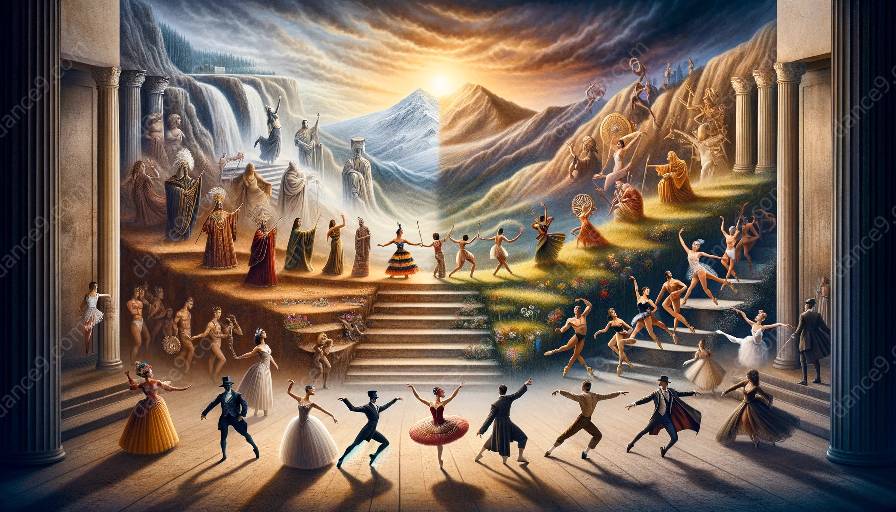Choreography has a rich history that has been shaped by various challenges. From technical constraints to societal expectations, historical choreographers faced numerous obstacles in their pursuit of artistic expression and innovation. To understand the evolution of choreography, it is important to explore the challenges that have influenced its development over time.
Technical Limitations
One of the key challenges faced by historical choreographers was the limitation of technical resources. In earlier times, choreographers had to choreograph within the constraints of the available technology and performance spaces. This often restricted the scope of their creativity and forced them to work within narrow parameters. The lack of advanced lighting, sound equipment, and stage design possibilities posed a significant challenge in creating innovative and impactful choreographic works.
Societal Norms and Expectations
Historical choreographers also encountered challenges related to societal norms and expectations. The cultural and social contexts in which they lived often imposed limitations on the themes, movements, and expressions that could be incorporated into their choreography. Traditional gender roles, religious beliefs, and political environments influenced the boundaries of artistic expression, making it difficult for choreographers to explore controversial or unconventional themes.
Resource Constraints
Another significant challenge faced by historical choreographers was the scarcity of resources. Funding, access to skilled dancers, and the availability of rehearsal spaces were constant concerns for choreographers throughout history. Limited financial support and lack of institutional backing meant that choreographers had to navigate through numerous obstacles to bring their artistic visions to life.
Legacy and Recognition
Furthermore, historical choreographers often struggled to establish a lasting legacy and attain recognition for their work. The transient nature of dance performances and the lack of preservation techniques meant that many choreographic works faded into obscurity over time. Without adequate documentation and archival practices, the contributions of historical choreographers were at risk of being forgotten, leading to a lack of recognition for their impact on the evolution of choreography.
Adaptation to Changing Contexts
Choreographers faced the challenge of adapting their craft to evolving cultural, artistic, and political landscapes. As historical events unfolded, choreographers had to navigate through shifting contexts and societal changes, often facing resistance or opposition to their innovative choreographic approaches. The ability to adapt to changing times while maintaining artistic integrity was a recurring challenge for historical choreographers.
Conclusion
Despite these challenges, historical choreographers played a crucial role in shaping the evolution of choreography. Their resilience, creativity, and determination to overcome obstacles have contributed to the rich tapestry of dance history. By understanding the challenges they faced, we gain a deeper appreciation for the enduring impact of historical choreographers on the art form of choreography.






































